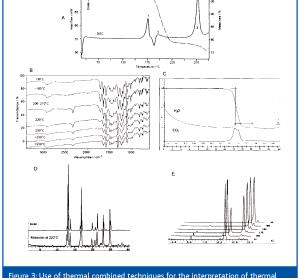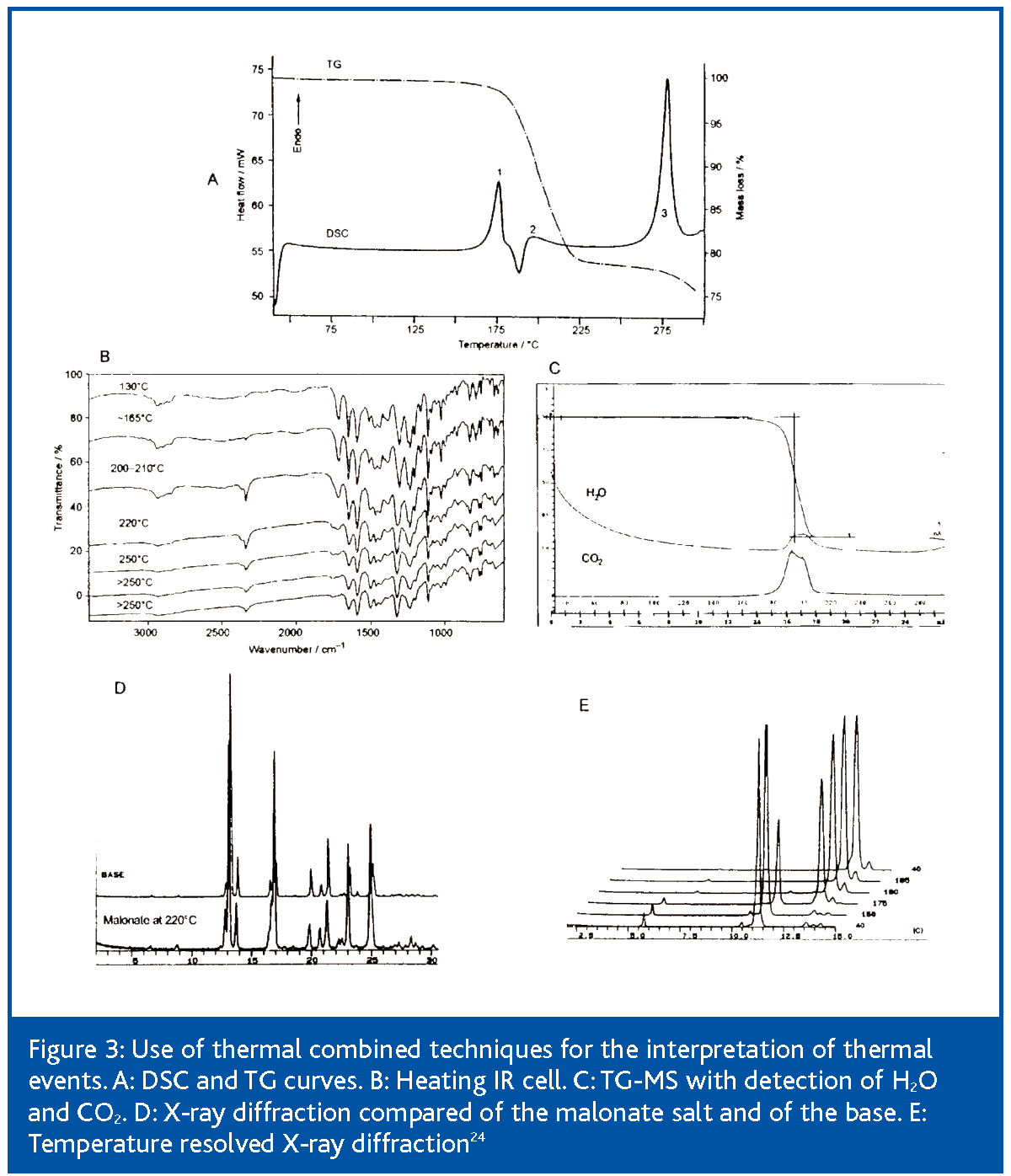Calorimetry for polymorph detection
27 March 2007 | By Simon Gaisford PhD., School of Pharmacy, University of London and Michael AA O’Neill PhD., Department of Pharmacy and Pharmacology, University of Bath
Characterising the properties of a material, understanding how these properties change in relation to local environment and quantifying potential interactions with other species are facets central to any drug development programme. Not understanding and, more importantly, not controlling these factors can have serious consequences for a pharmaceutical, from irreproducible processing…






